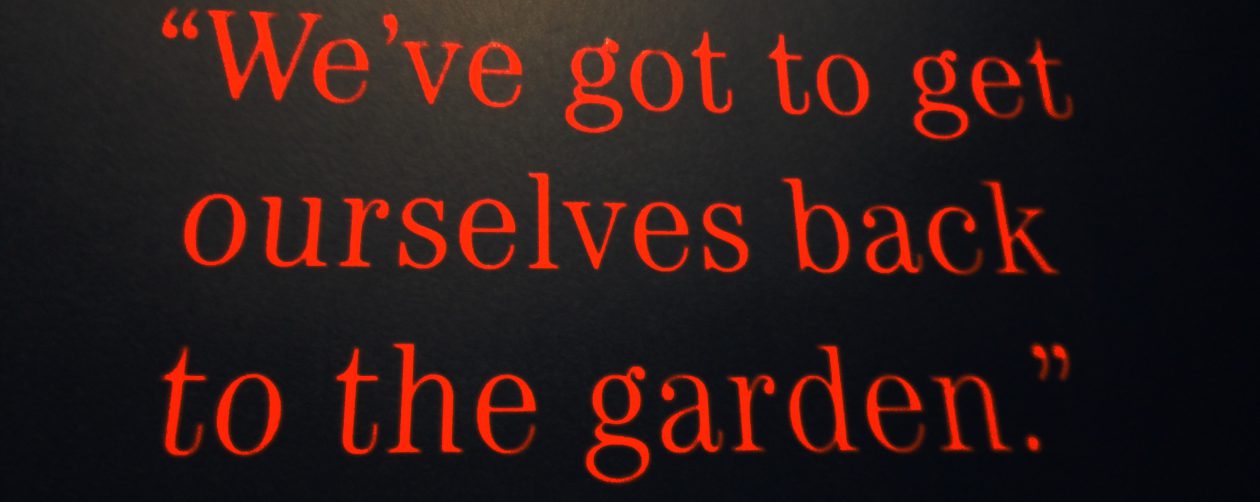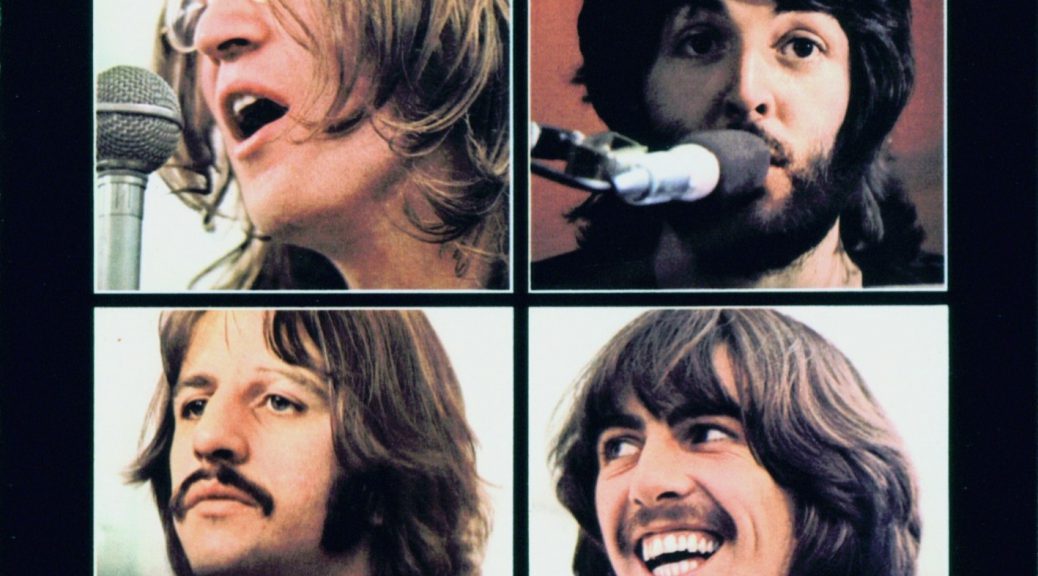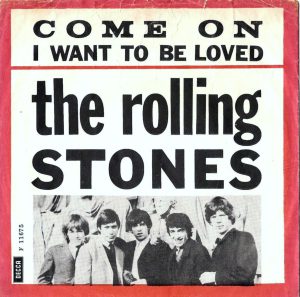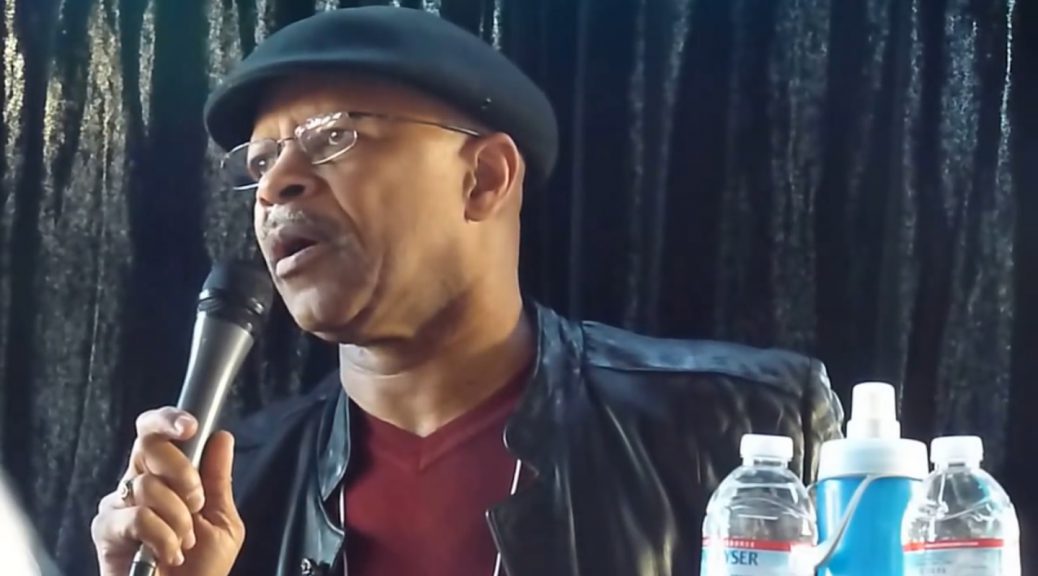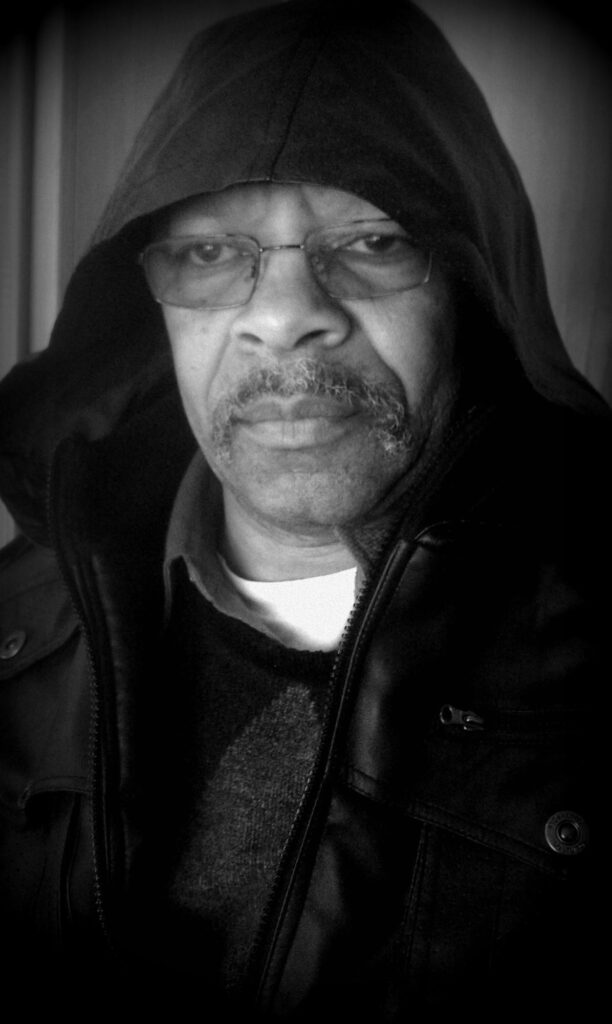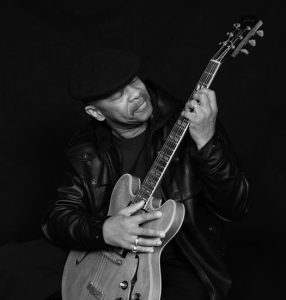Beatles Let It Be
&
“The Long and Winding Road”
June 13, 1970
The Beatles were essentially no more in 1970. Only a few recordings and slim hopes remained.
Apple had released the Let It Be album on May 18. It had the highest number of advance orders for any album in the US record industry, with an astonishing 3,700,000 orders placed. The album retailed at $7, creating a gross sales figure of $25,900,000 before it was even released. [Beatle Bible article]
Despite crushed hopes, on June 13, 1970 we fans gave our musical brothers two #1s: a single and an album.
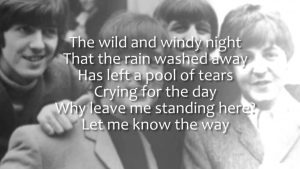
Beatles Let It Be
Long and Winding Road
Their last #1 single.
“The Long and Winding Road” single seemed to say it all. Especially when Paul sang, “The wild and windy night that the rain washed away/Has left a pool of tears crying for the day/Why leave me standing here, let me know the way.”
Wasn’t he singing what we were thinking?
Beatles Let It Be
Tells the story
In an ironic twist, the song reflects the progression of the Beatles’s demise. First, Paul McCartney did have the Beatles’s disharmony in mind when he wrote it. They (and Billy Preston) first recorded it in January 1969. It was a simpler version than the one that Phil Spector produced in April 1970. Those orchestral embellishments upset and maddened McCartney. So much so, that later, in his legal citations for the break up, he used those embellishments, done without his permission, as one of the reasons.
Allan Pollack says this (and much more) about the single: in spite of his [McCartney’s] unabashed and sometimes even shameless sentimentality, he comes up with an affecting, durable torch song with “The Long And Winding Road”. The secrets of his success are to be found in the manner in which novel approaches to form and harmonic structure underscore the emotional core of the song, and belie whatever curbside surface clichés it has which may initially turn you off.
Beatles Let It Be
Let It Be
The Let It Be album was released on May 8, 1970. The Beatles last release. They had already broken up. The date most often used for that breakup is Paul’s public announcement on 10 April 1970.
They had actually recorded the album before the previous one, Abbey Road, thus forever creating fodder for fans to argue that Let It Be is the penultimate and Abbey Road the last.
Horseshoes and hand grenades.
Get Back was Let It Be’s original title and intended, like its name suggested, to be a return to their musical roots. The single Get Back certainly gave that impression. A proposed album cover echoed their first album’s cover:
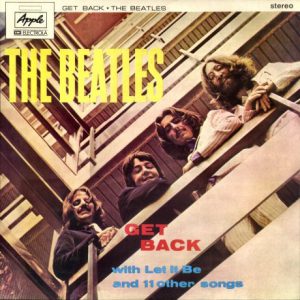 Disruption after dissension delayed and delayed again the completion of the album. Abbey Road intervened.
Disruption after dissension delayed and delayed again the completion of the album. Abbey Road intervened.
As they say in baseball, “You need a scorecard.”
Let It Be was not a critical success. However as I said previously about John and Yoko’s Some Time In New York City, the Beatles on a bad day were always better than any critic on any day.
